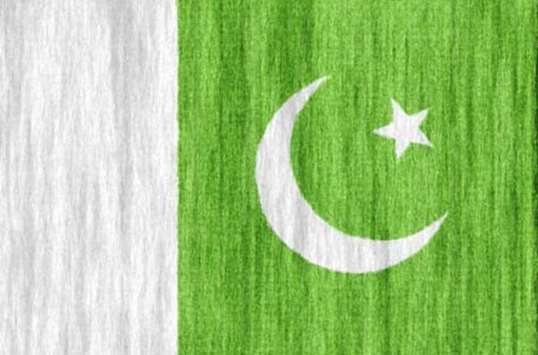According to unofficial final results of 6th Population and Housing Census, the final population count in Pakistan has marginally reduced to 207.684mn.
The final count shows an increase in the size of Muslim and Hindu populations.
However, Christian and Ahmadi populations have seen a decline.
Pakistan retained its status of a predominantly Muslim nation: as many as 200.35mn people identify themselves as Muslims.
Demographically, the percentage of Urdu, Punjabi and Balochi-speaking people declined compared with the results of the 1998 population census.
However, speakers of the Pushto and Seraiki languages have increased over the past 19 years.
The number of children aged up to 15 years has dropped but the working age population increased over the same period.
The final results showed the total population of Pakistan to be 207.684mn, a reduction of 68,738, or 0.033%, compared with the provisional results announced in August last year.
Final results showed that the country’s population has increased by 75.4mn over the past 19 years, registering an increase of 57%, at an annual growth rate of 2.4%.
The results also showed that Punjab is still home to 52.96% of the total population.
Baluchistan and Khyber Pakhtunkhwa (KP) populations have increased, while Sindh’s share in total population remained unchanged at 23.04%.
About 82% of the federal divisible pool is distributed on the basis of population.
Muslims made up 96.28% of the total population in 1998, but 19 years later the share of Muslims in total population increased to 96.47%.
Since the overall population increased by 75.4mn persons, followers of all religions have grown in absolute terms.
The Hindu population has increased from 1.6% of the country’s population to 1.73%, numbering 3.593mn.
The population share of scheduled castes also increased, from 0.25% to 0.41%, according to unofficial final results.
The share of Christian population, however, decreased from 1.59% of the total population in 1998 to 1.27% in 2017.
Similarly, the population of Ahamdis also decreased from 0.22% to just 0.09%.
The population share of other religions also reduced from 0.07% to 0.02%.
Even though about four out of 10 Pakistanis declared Punjabi as their mother tongue, the share of Urdu and Punjabi-speaking population decreased over the past 19 years.
About 38.78% of the population declared Punjabi as their mother tongue in the latest census compared with 44.15% 19 years ago.
About 91.96mn Pakistanis are born Punjabi.
The share of Urdu-speaking population dropped from 7.57% to 7.08% over the past 19 years.
Similarly, the share of Balochi-speaking population dipped from 3.57% to 3.02% of the total population.
The number of Pushto-speaking people significantly increased in the past 19 years: it was 15.42% in 1998, and now 18.24% of the total population is by birth Pushto-speaking.
In absolute terms, there are about 37.9mn Pushto-speaking people in Pakistan.
The percentage of Seraiki-speaking people has also increased by 1.7%, to 12.19% of the total population.
There are about 25.3mn Seraiki-speaking people in Pakistan, mostly living in southern Punjab.
Hindko-speaking people make up 2.44% of the population, while Kashmiris are only 0.17% and Brahvi 1.24%.
As much as 2.26% per cent of the total population speaks other languages – down from 4.66% in 1998.
Over the past 19 years, the share of children aged up to 15 years decreased from 43.4% of the population to 40.31%, indicating the efficacy of population control programmes.
Five million children, or 2.44% of the population, are below the age of one year.
In 1998, about 14.8% of the population was below five years of age, and this ratio has now come down to 14.04%.
As much as 30.5% of the population was below the age of 10 years in 1998; now 28.5% of the population is in the age bracket.
The share of population above 18 years of age is now 53.4%, up from the previous level of 51.25%.
Almost 56% of the population is between 15 and 64 years of age, compared with 53% 19 years ago.
The share of elderly people – above 65 years of age - also marginally increased from 3.5% to 3.71%.
As much as 63.6% of the country’s population (or 132.2mn people) live in rural areas.
This percentage was 67.5% in 1998.
The urban population stood at 75.58mn in 2017, or 36.44% of the total population. In 1998, the share of urban population was 32.52%.
Women’s share in total population increased by 1% in the past 19 years, final census results showed.
The female population stood at 101.314mn, or 48.8% of the total headcount, according to the final 2017 results.
The male population increased to 106.3mn.

GULF TIMES
